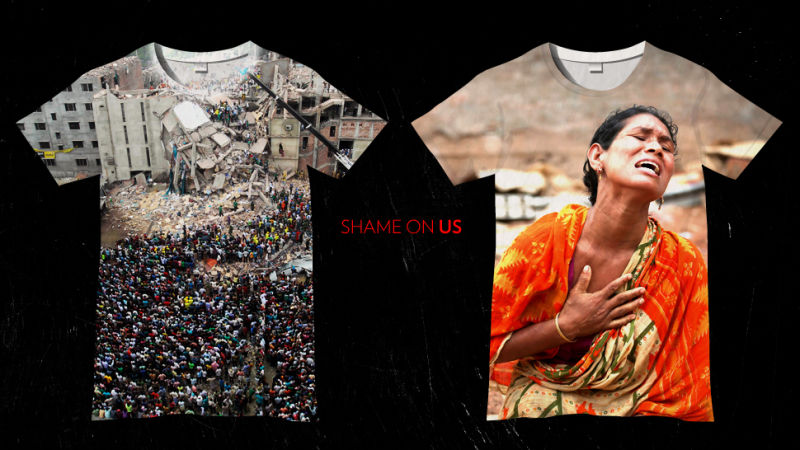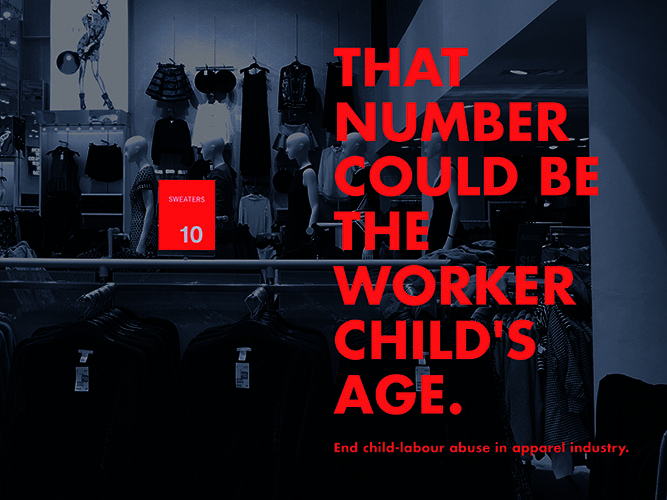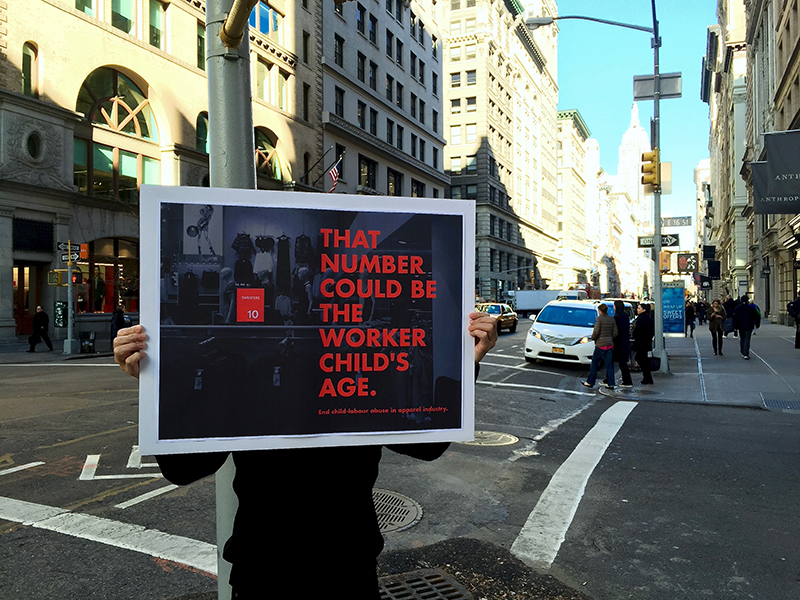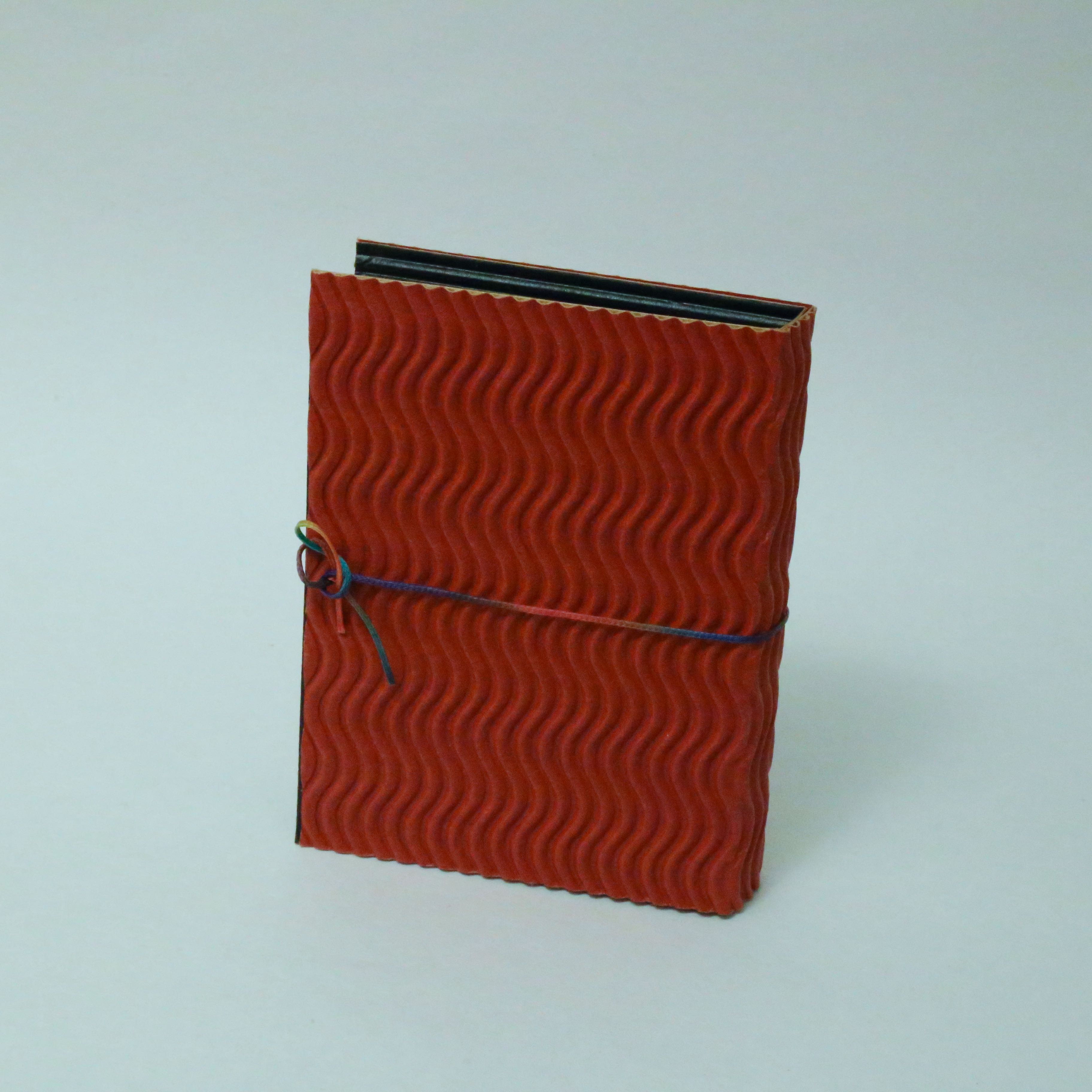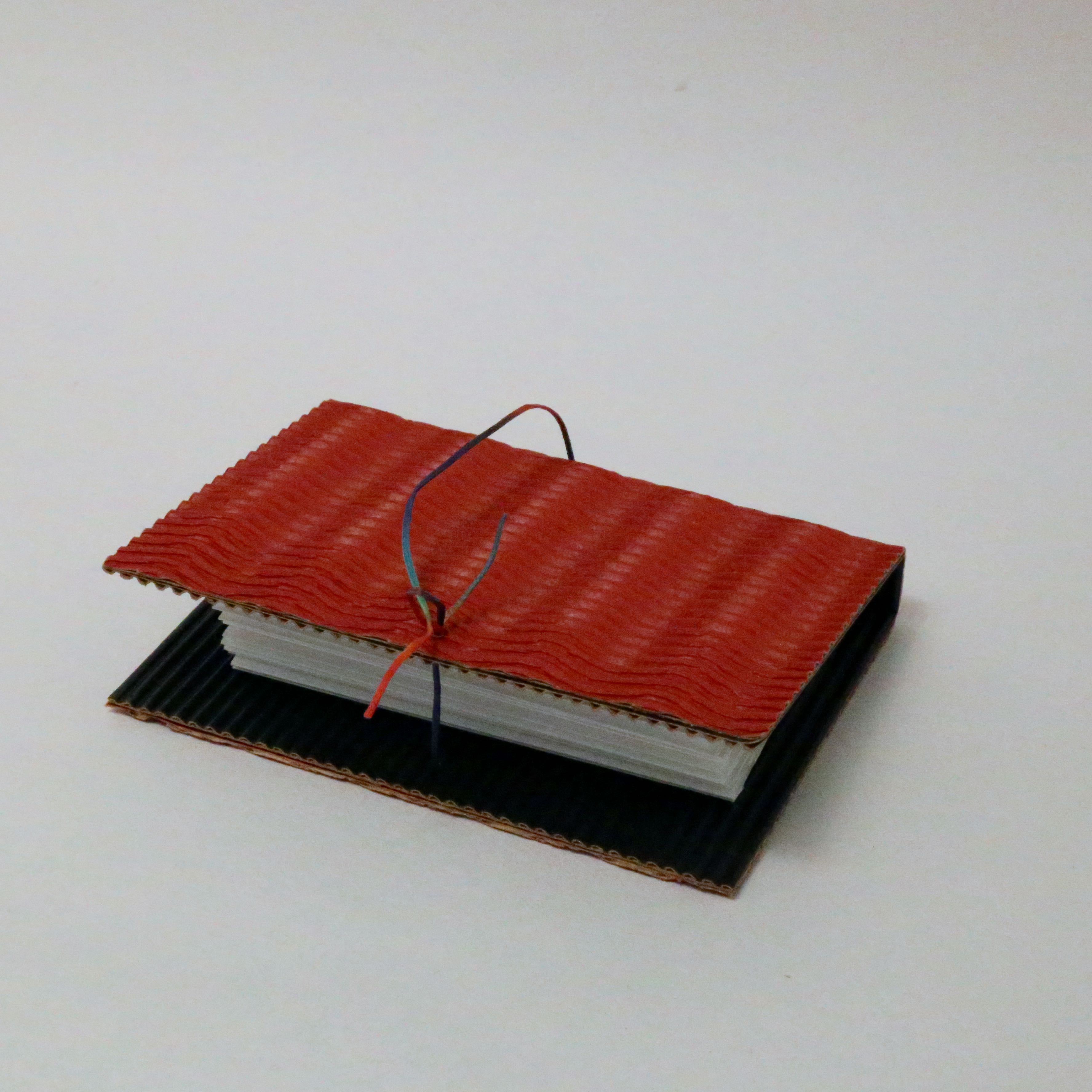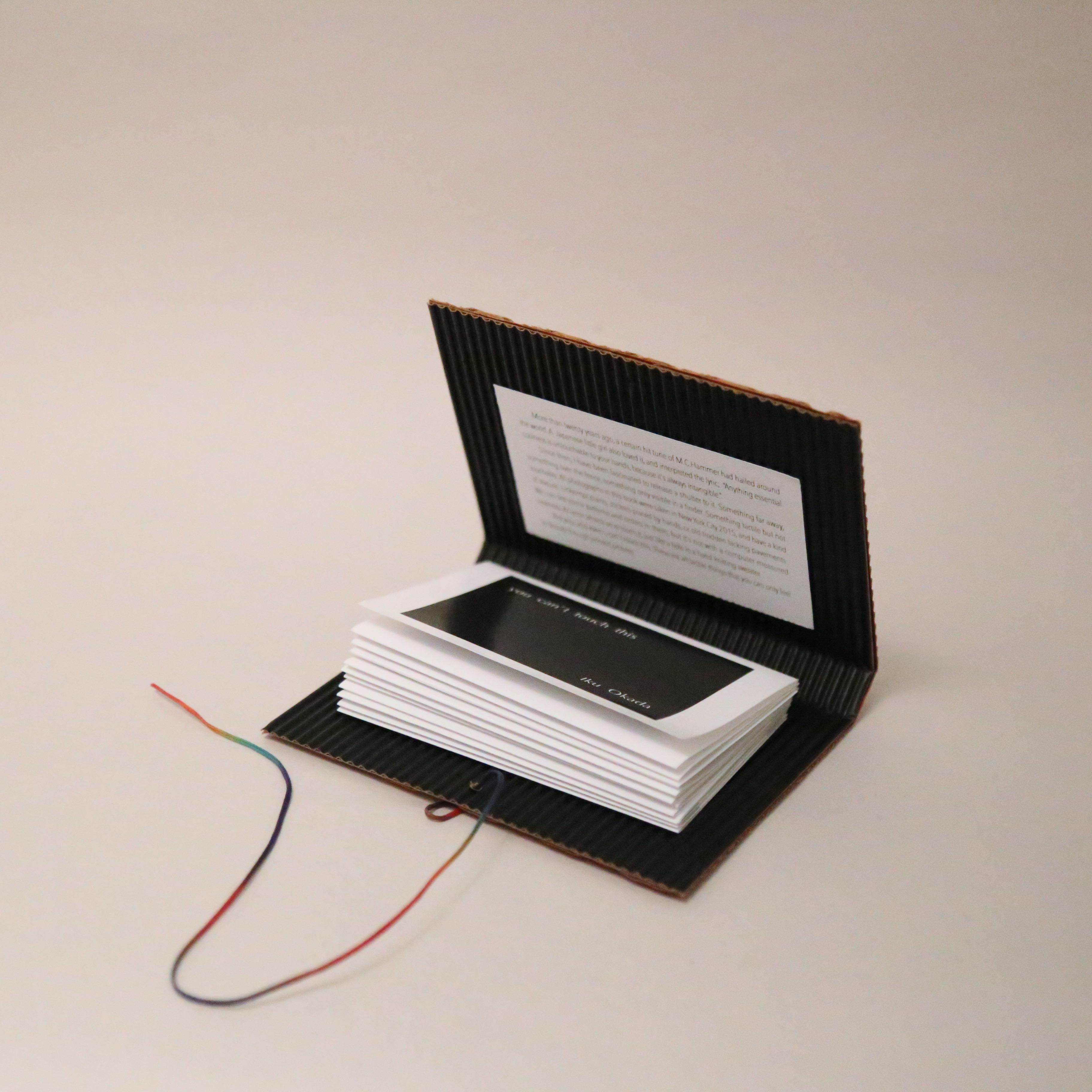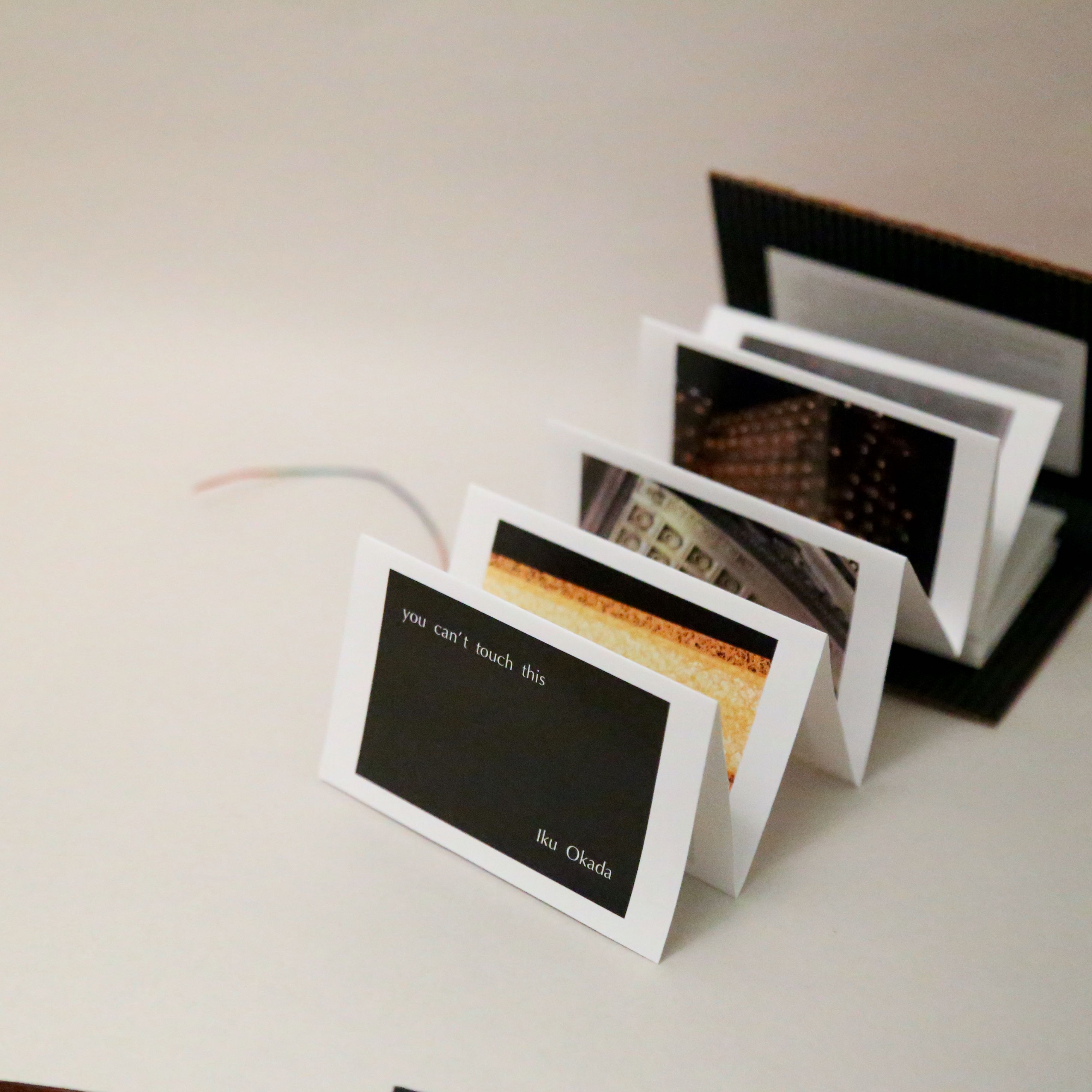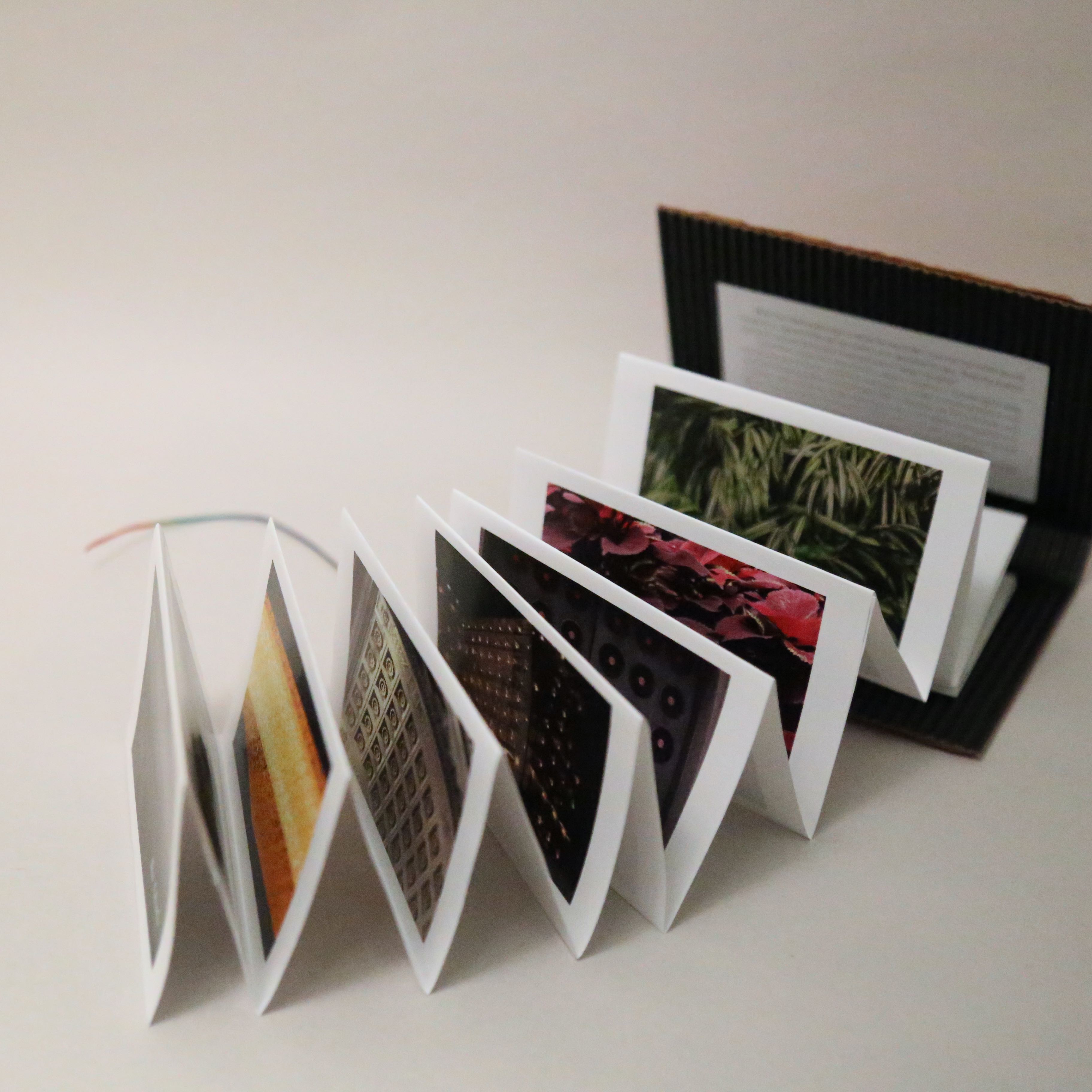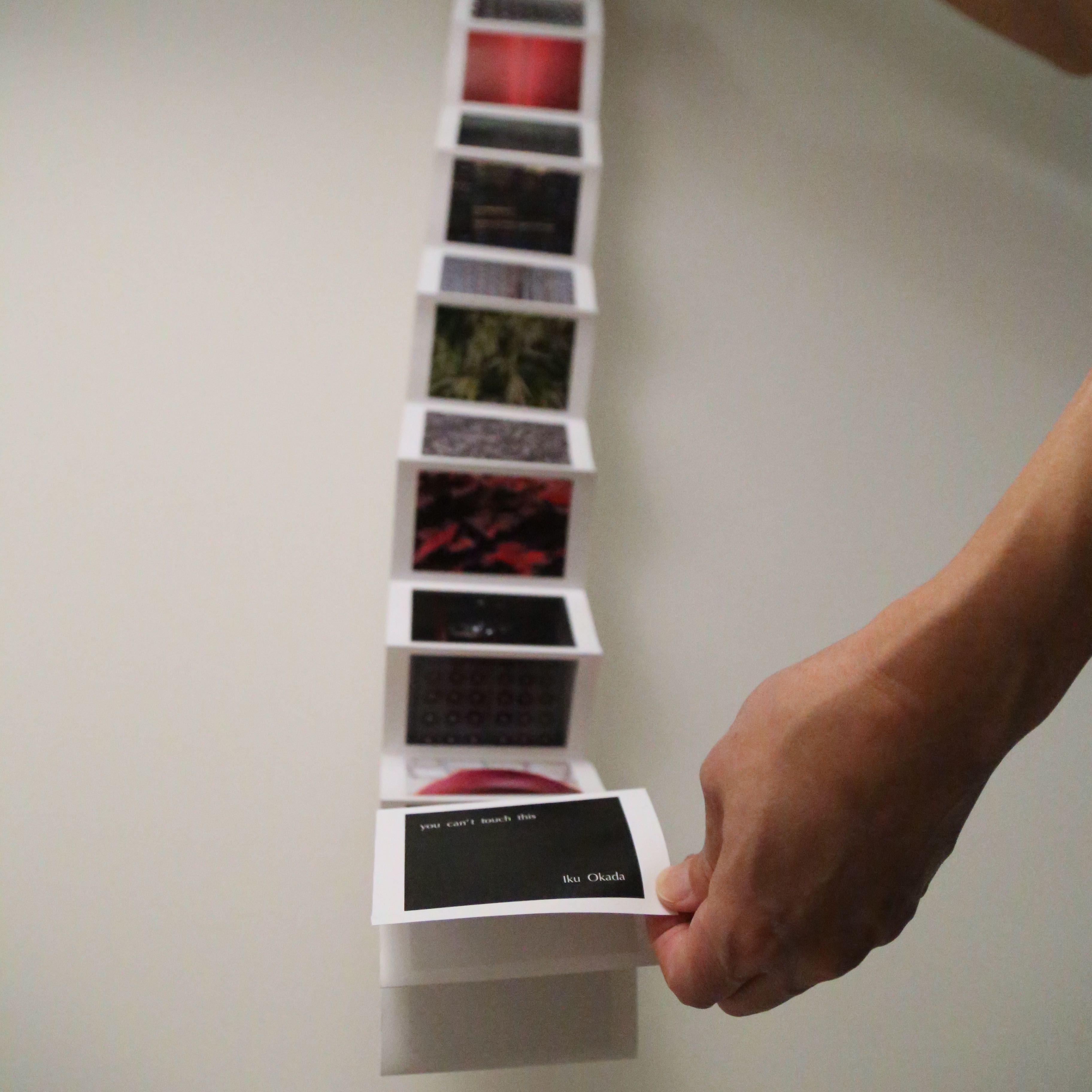A few weeks back, I was given the opportunity to visit Prestone Printing Company. This impressive print production facility is location in Long Island City. Glenn Baken, Parsons Graphic Design Continuing Education Professor for Print Production in a Digital World provided use with the tour of the facility.

Glenn began the tour with giving us tips on production and working with a printer:
- It is the printer’s job to worry about the turn around time frame, not the designer’s.
- The best way to produce a project is to discuss budget and time frame from the get-go with your client and the printer.
- It is important to talk to production BEFORE starting any project and the more you know about production, the more choices you have to solve your design problem. Sit down with printer/production representative and talk about what you want. Always aim high, put in all the things you want and get a quote. If it exceeds your budget, pull things out and downgrade. A five-minute face-to-face meeting will save days of emailing. Bring and show samples to your printer.
- ALWAYS check proofs provided by the printer. This will minimize reprints and incurring extra costs if something is not right. Check the colors and the have someone else proofread the copy to ensure that there are no typos, errors or mistakes!
Glenn then went on to explain that Prestone Printing Company has a lot of different equipment in order to stay competitive. He explained offset printing and showed us Pantone Matching System (PMS) books along with a print done in CMYK process and another using two pantone colors. A PMS book is like a recipe book. It is the licensed formula for mixing ink. The formula to mix color ink is always the same but the paper will change what the color looks like so there are two major types of books. One comes on uncoated paper and starts with the letter U and the other is on coated paper, which can include gloss, satin or dull. A common mistake they experience is that people will specify a coated number and ask for uncoated paper, but this doesn’t work. The color will not be right even though it is the exact same formula to mix the ink. The only way to get around this is to look at the uncoated paper book and find a color that best match the intended color required.

2 Color Pantone

PMS Books

CMYK Process
Here are some pictures of the equipment they have for offset printing:

Magenta plate

Cyan plate

Platemaker

Indigo Press
CMYK process printing is when cyan, magenta, yellow and black ink are separated onto four individual plates and put back together by application on the paper. Offset printing plates are super smooth. They get wrapped around a cylinder, picks up the ink and The plates are created after the job has been approved. The blue edge on the plates are photo sensitive.
Indigo press can print 1000 sheets per hour. This large press have 6 towers that can house the for process color and a coater. This printer prints only one side at a time so double sided jobs needs to be fed back in to do the second side. The prints come out wet so also require drying time. There is a limited range of paper for this printer. It mostly only handles coated paper within a specific weight range.
Finishing

Digital die cutter

Digital Press

Sign created by digital press
The digital press can do texture printing on materials similar to foam core. The prints comes out dry and also allow for manual double side printing. The digital die cutter can handle large sheets that can fit 28 pages on an 8×10 board.

Saddle Stitch

Folder

Duratran

Die cutter

Die cutter

Foil Cutter

Automatic Folder
The saddle stitch machine allows books to be stapled together and packaged as well. Each hanger can hold 16 pages depending on the paper weight, it can score a crease on the cover, saddle stitch the pages together, cut off the excess on the other three sides to make everything even and shrink wrap packages of the books together that are ready to be boxed and shipped off.
There is a special room for Duratan printing, they are the most expensive to produce, but also the most beautiful. These types of prints are mostly used for signage in department store cosmetic counters.
Being about to foil and die cut in house saves a lot of time. The die cutter won’t care what color the foil it, but the foil colors have a much smaller palette than Pantone so it is always advisable to pick review the foil book and pick that color first. Foil does not always have to be shiny on uncoated paper.
As seen in the image above, the die cutters have pink foam around the razor blade that protects it. When the machine runs, the foam gets pushed back and the blades are revealed. The die cutters are usually not keep for more than a year and if the client requests it, they can keep their die cut after the bill has been settled.
This tour was very insightful and provided me with a lot more knowledge on print production and has made me realize how important this is to know for any graphic designer.
